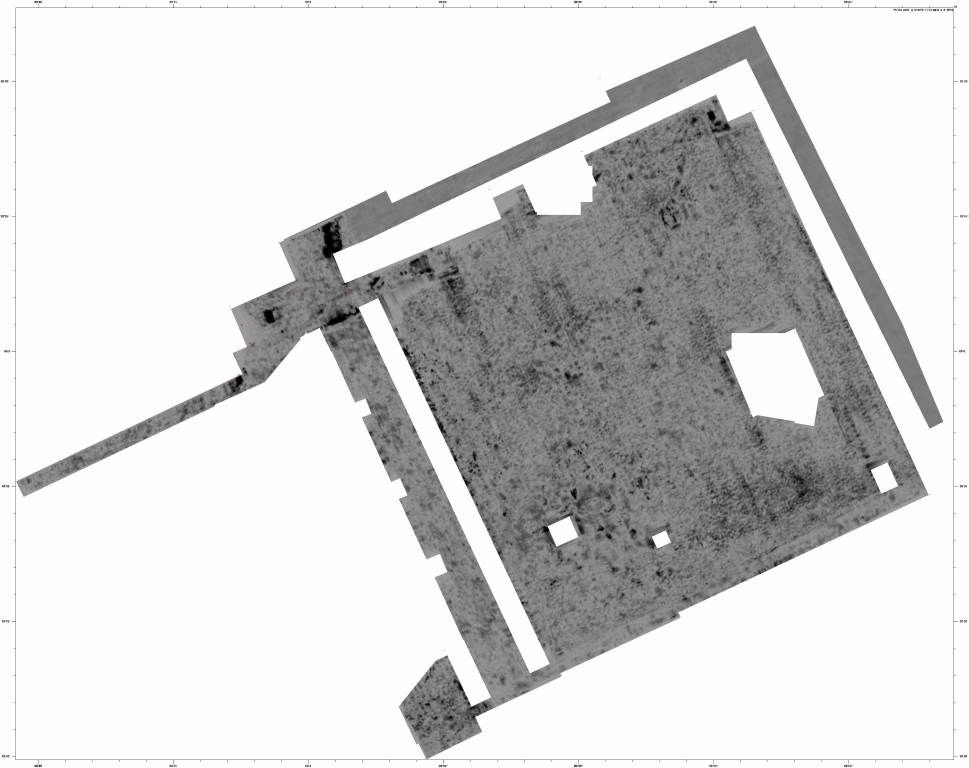
CASE STUDIES
A Time-Slice of History
As prize winners of The Great British SUMO Survey, SUMO undertook an exploration to provide geophysical information into a historic Cloister and Chapter House at Rochester Cathedral.

Above : Rochester Cathederal, Kent.
The brief:
-
SUMO asked to provide as much information as obtainable to the full extent of the Cloister and Chapterhouse. Along with the possible relationship with the former Roman city wall, which defined the south side to the extant Cloister.
The process:
-
SUMO carried out a Ground Penetrating Radar (GPR) survey. This served as an efficient and effective method of detecting archaeological remains and buried obstructions in an urban environment.
-
The data was post-processed using specialist software. As well as a manual abstraction to the radargrams, a computer analysis was also conducted.
The result:
-
The GPR data fulfilled the clients requirements. It also identified complex linear features.
-
The survey revealed various potential archaeological remains. These were probably associated with 11th and 12th century Chapter Houses, early Norman Cloister arrangement, 19th century Prebendal House, medieval buildings and Dormitory range. The remaining responses are modern and include potential services and evidence of tree roots.

“I am delighted with the GPR survey SUMO Geophysics carried out for us at Rochester Cathedral. This can be a difficult place to work, with many complications over use, access and safeguarding. SUMO’s team were a model of professionalism throughout, which made the operational side so much easier to deal with. The results are absolutely fantastic, surpassing my most optimistic hopes for what we might achieve. I went into this project with clear aims (or at least hopes) that we might end up with a better understanding of how the medieval cloister had evolved. To find such clear evidence for a previously unknown early Norman cloister underneath the existing 12th-century one, as well as unexpected elements of the Cellarer’s Range, was a real bonus. It was also a pleasure working with the team who carried out the detailed analysis and interpretation of the survey data, which was an ideal collaboration between us. Top marks all round - thank you!”
Graham Keevill, Cathedral Archaeologist - Keevill Heritage Lt
Technical notes:
-
The survey penetration depth reached approximately 2.30m. Readings taken at 0.05m intervals. The survey was then completed using a High Density Array system, which employs a 400MHz antenna.
-
Potential anomalies of archaeology detected. This was along with responses of uncertain origin, services and tree roots, all indicating that the GPR survey was effective.
-
Two of the main advantages of radar are its ability to give information of depth as well as work through a variety of surfaces. This even works with cluttered environments, which normally prevent other geophysical techniques being used.

Above : An animation of GPR time-slices collected at Rochester Cathedral by SUMO Geophysics.


FREE SURVEY QUOTATION
Receive a FREE Survey quotation from one of our survey engineers?
Chat through any requirements you need, including site survey, survey methodologies and detail requirements.






.png)